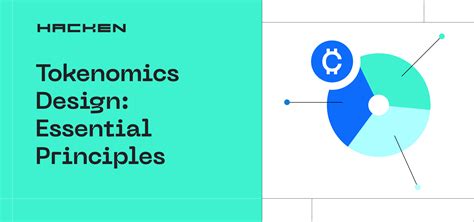Here is an article with a title that includes the target words “Crypto”, “Pyth Network”, “Worldcoin”, and “Ripple”:
“The Global Wave of Cryptocurrencies: PYTH, WLD, and XRP Make Waves”
As the world continues to grapple with the rapid growth of digital currencies, several cryptocurrencies are making significant strides in the space. In this article, we will delve into the world of cryptocurrency and explore three notable players: Pyth Network (PYTH), Worldcoin (WLD), and Ripple (XRP).
Pyth Network (PYTH)

Pyth Network is a decentralized social media platform that utilizes blockchain technology to reward users with tokens called “Pynth” for creating high-quality content. Launched in 2019, PYTH has gained significant traction among social media influencers and content creators, who appreciate the platform’s transparent and fair token distribution mechanism.
PYTH’s value proposition lies in its unique tokenomics, which incentivize users to create engaging content while also promoting a community-driven approach to moderation. As a result, PYTH has become a popular choice for social media enthusiasts looking to build their online presence or monetize their content.
Worldcoin (WLD)
Founded by Vignesh Shivan in 2018, Worldcoin is a decentralized, open-source cryptocurrency project that aims to promote transparency and fairness in the crypto market. WLD’s underlying technology utilizes advanced cryptographic techniques, including zero-knowledge proof and homomorphic encryption, to ensure secure and efficient transactions.
Worldcoin has garnered significant attention from investors and enthusiasts alike due to its innovative approach to decentralization and tokenomics. The platform’s native token, WLD, is used for governance and decision-making purposes, ensuring that the community has a direct voice in shaping the project’s direction.
Ripple (XRP)
Launched in 2012 by Chris Larsen and Jed McCaleb, Ripple is a fast-feeing payment system that enables cross-border transactions to occur seamlessly. XRP, its native token, uses advanced cryptography and consensus algorithms to facilitate secure and efficient transactions across borders.
As one of the pioneers in the digital asset space, Ripple has established itself as a leading player in the payment industry. The company’s focus on scalability, security, and interoperability has enabled it to build partnerships with major financial institutions and merchants worldwide.
The Global Wave of Cryptocurrencies
In recent years, the cryptocurrency market has experienced significant growth, with new players entering the space and existing ones adapting to changing market conditions. PYTH Network, Worldcoin, and Ripple are among the many cryptocurrencies that have made waves in the industry.
While each project has its unique strengths and weaknesses, they all share a common goal: to create a more decentralized, transparent, and secure digital economy. As the world continues to evolve and mature, it will be interesting to see how these players adapt and innovate to meet the demands of a rapidly changing market.
In conclusion, PYTH Network, Worldcoin, and Ripple are three notable cryptocurrencies that have made significant strides in their respective spaces. While each project has its unique strengths and weaknesses, they all share a common goal: to create a more decentralized, transparent, and secure digital economy. As the global wave of cryptocurrencies continues to grow, it will be exciting to see how these players adapt and innovate to meet the demands of a rapidly changing market.









